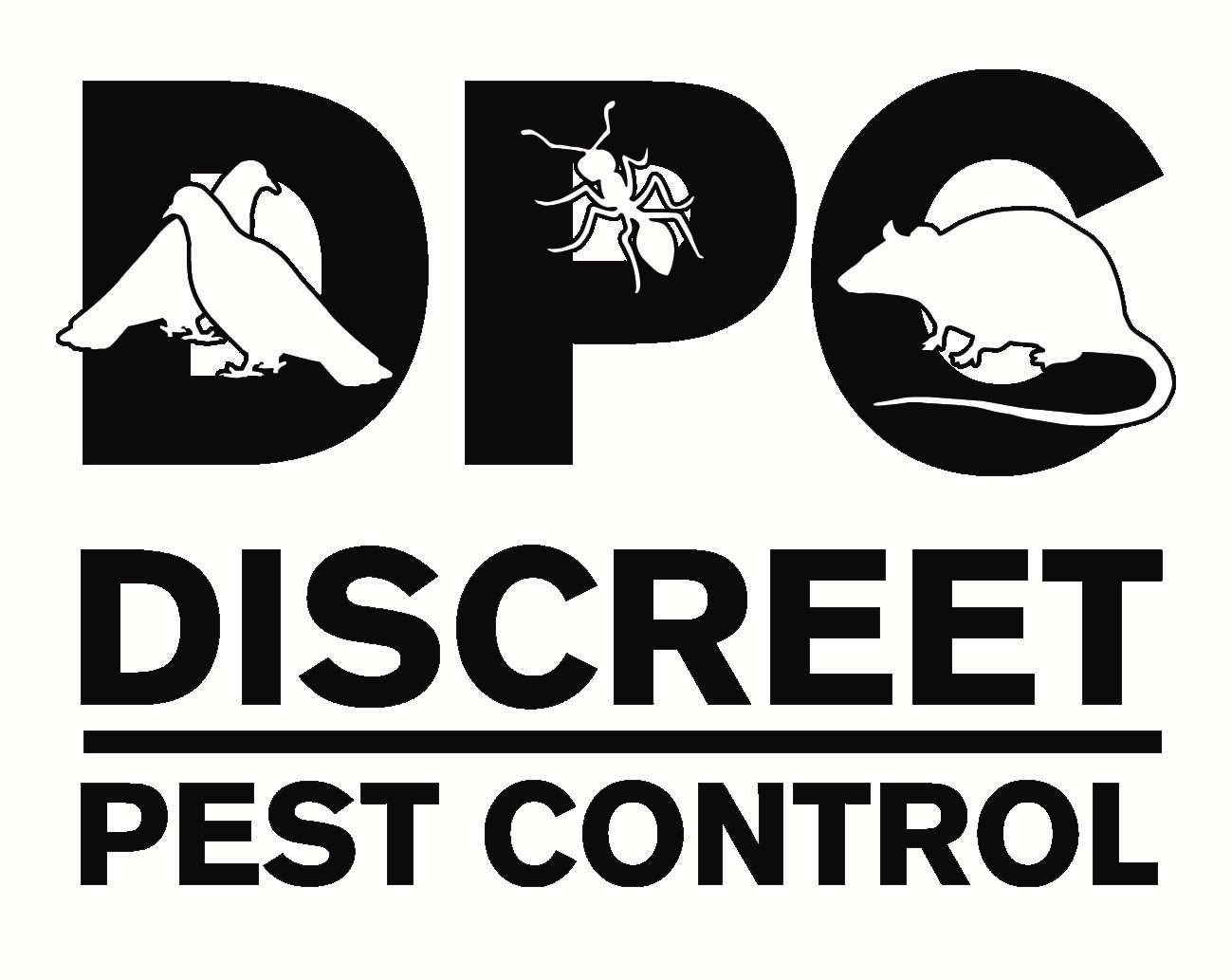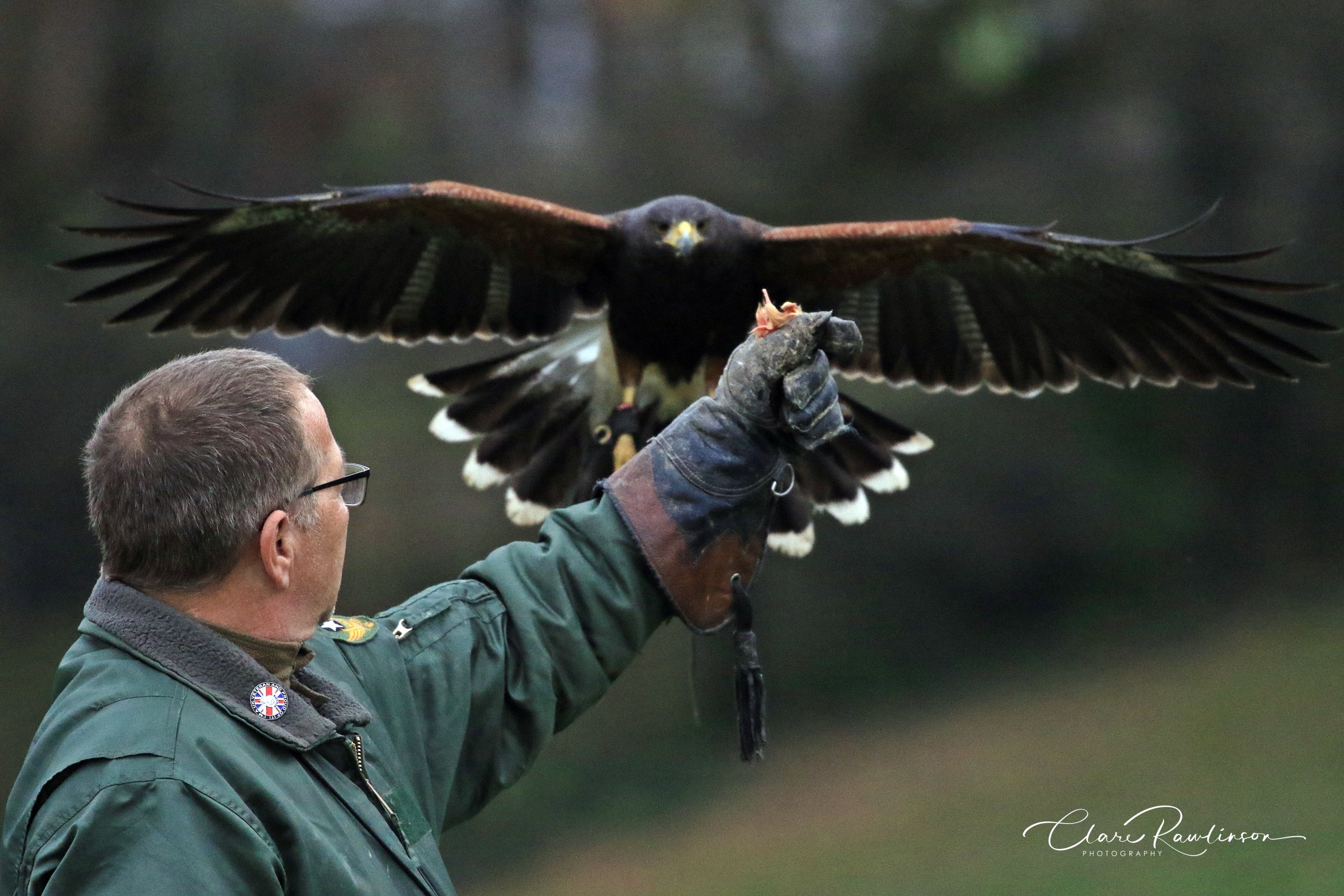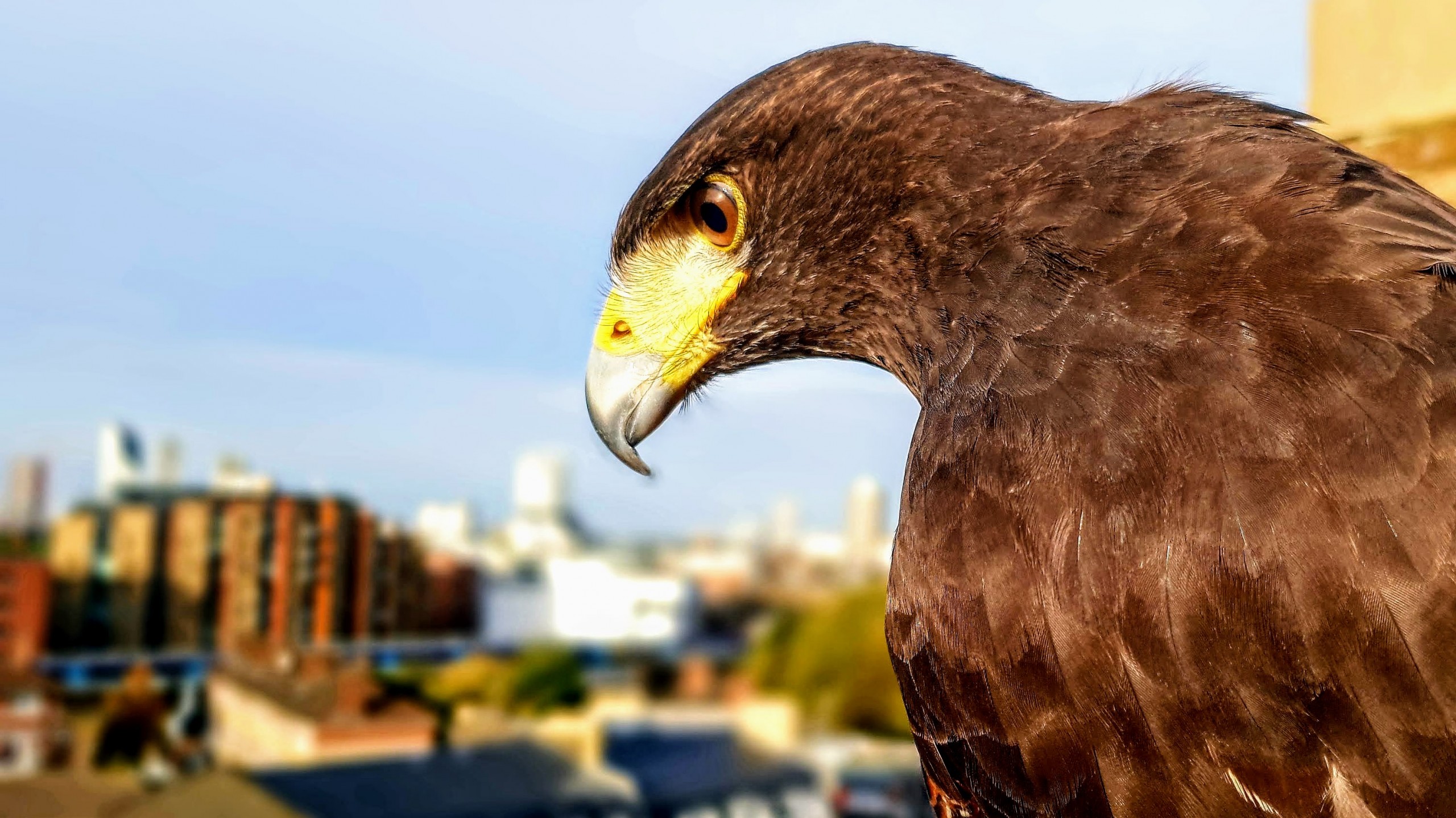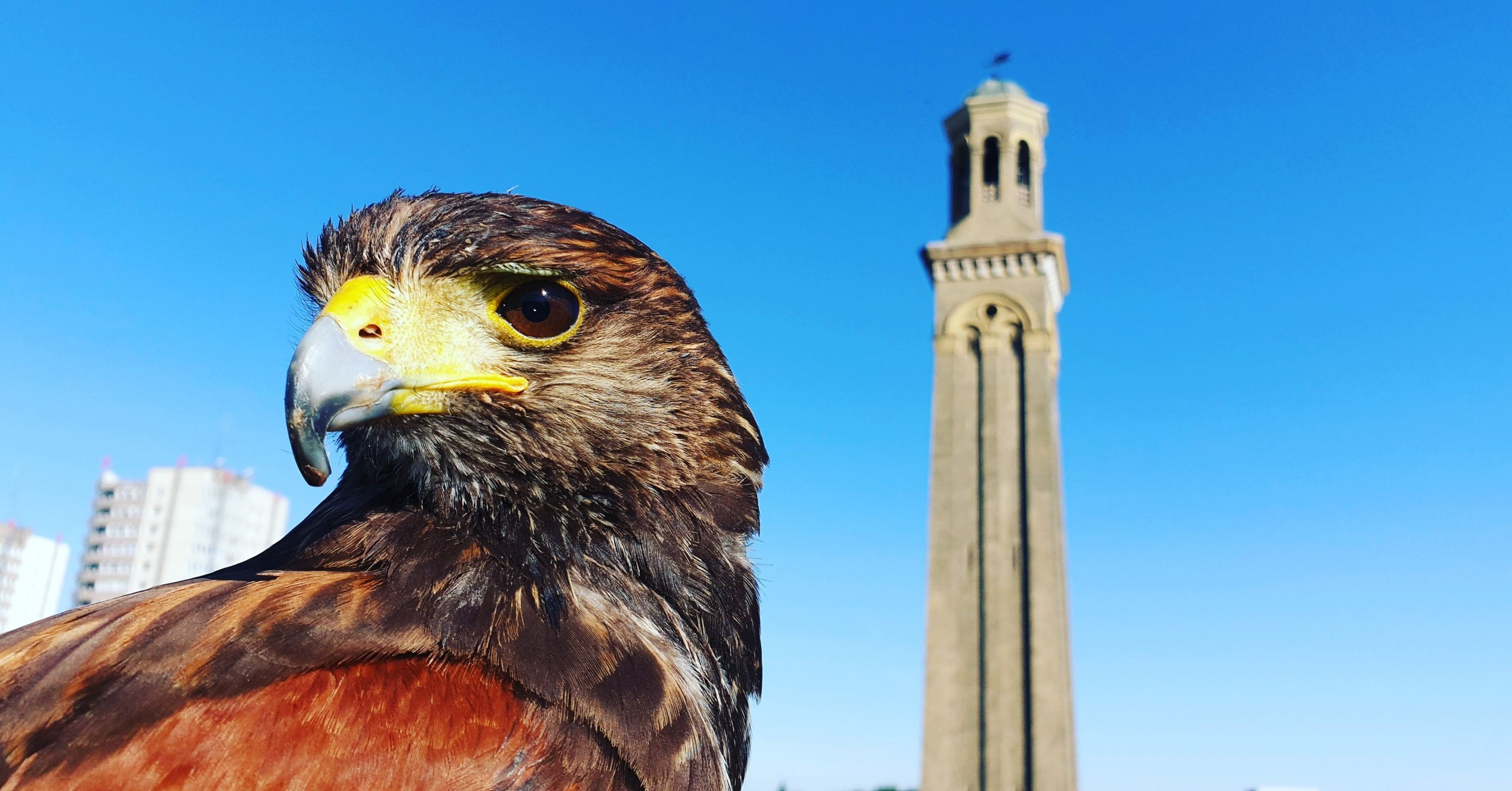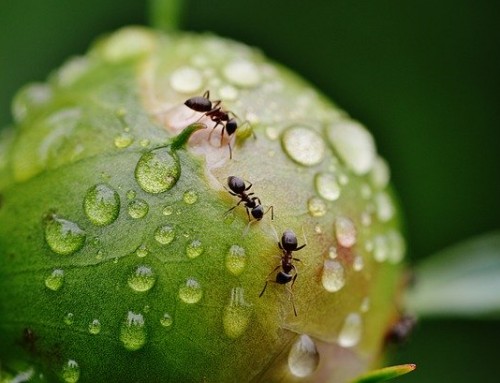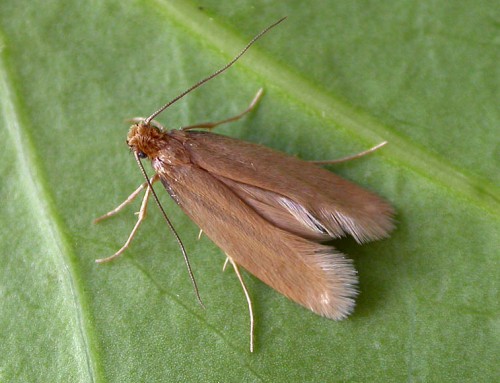Project Description
Using Birds of Prey for Pest control is misunderstood by many; they may think the bird of prey is there to hunt. Despite Birds of Prey having a natural instinct to kill, this is not the case when trained for a pest control environment and they are very effective in bird deterrence. Our Hawker trains his birds from very young, teaching them to follow the falconry method; knowing that it’s much easier to come to him for food, rather than catching it themselves.
The aim of Hawking is to make a site an unsafe environment for birds like Pigeons and Seagulls to live in and to deter them from building nests to breed. To this effect it is imperative not to schedule a regular pattern of visits, as birds are intelligent enough to work this out. This means visits are done at random times of the day from first flight to last flight.
Our intensive programme of hawking requires 5 visits during the first week, followed by 4 visits, 3 visits, 2 visits and lastly 1 visit in the following weeks. After this initial month, a visit every other week is enough to keep the pigeons at bay and stop any new birds nesting in the area. On some sites there may be a need to increase flights for a short period at the start of winter.
Seagulls are mainly a problem between April and September during breeding season as they can be very aggressive while protecting their young. It can take up to 3 years to clear a Gull colony as normally the young from the previous year spend a year at sea before returning to the place they were born, to pair up and have chicks. Normally it is best to visit a site every other week from the beginning of the breeding season. The Hawk is used to deter the gull and to protect those removing the eggs and nests. Depending on the weather it is possible for the breeding season to start earlier.
The Hawks can be flown in Underground Car Parks and Warehouses as well as outside. We only train our hawks on feather and not on fear, to completely minimise the risk of our hawks viewing a small dog or cat as prey.
